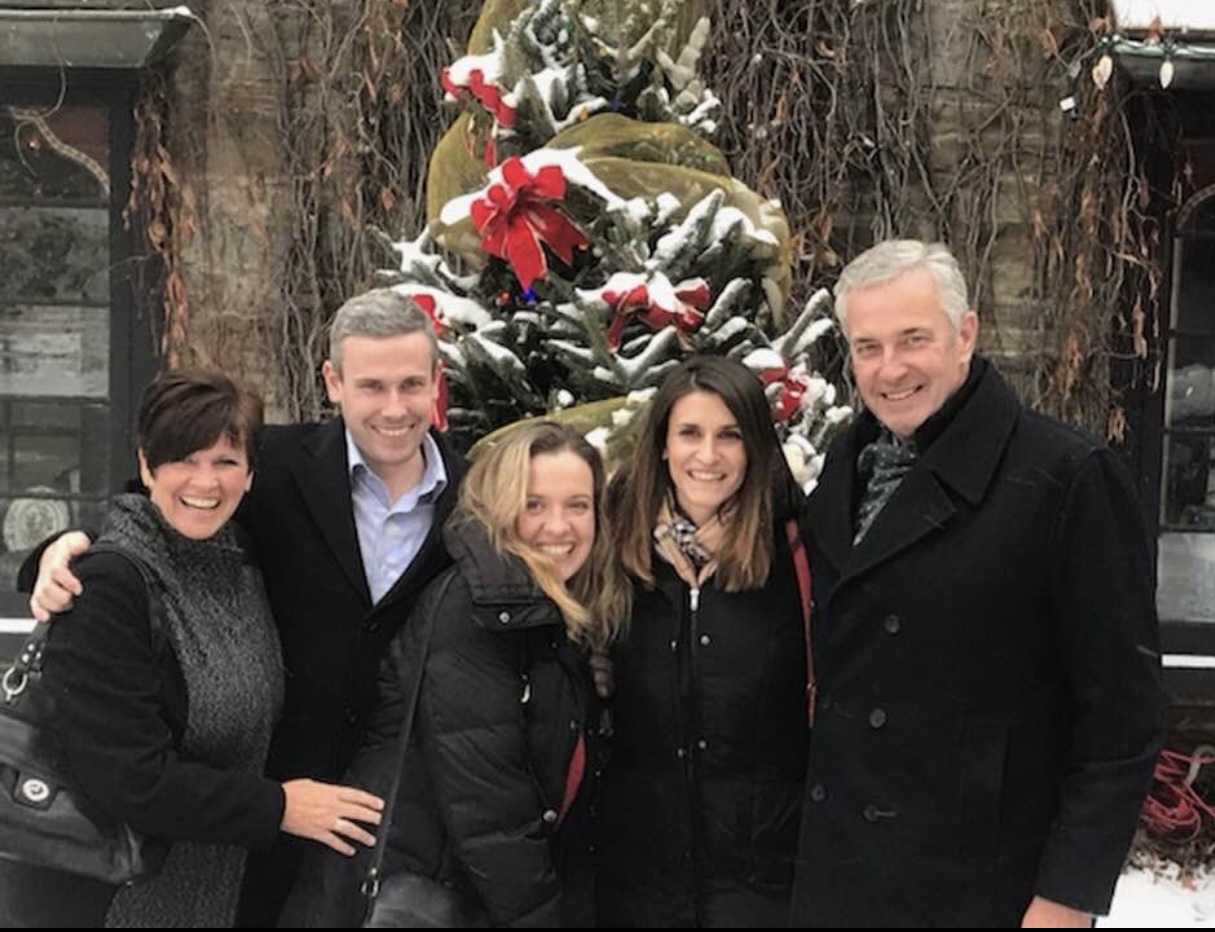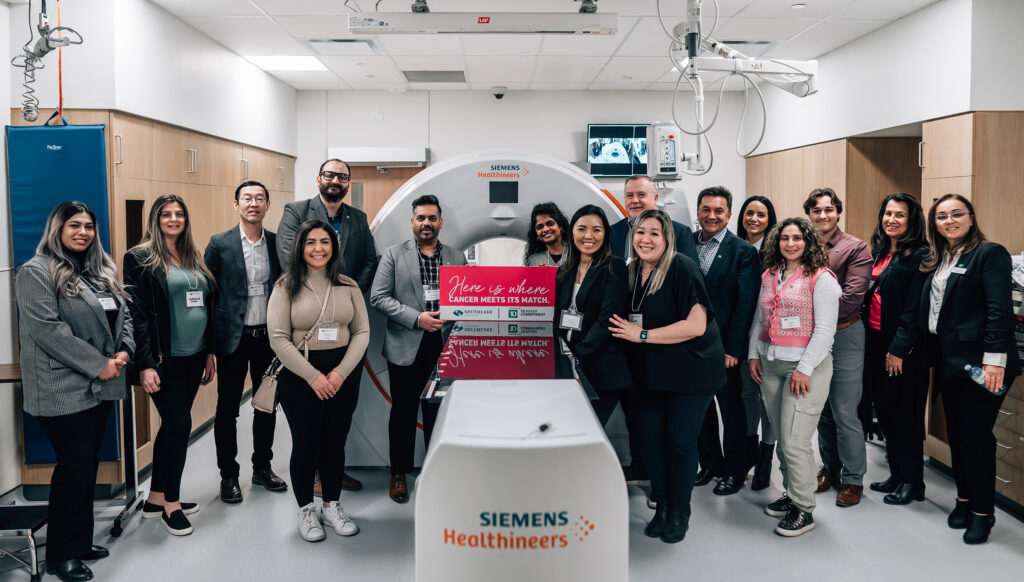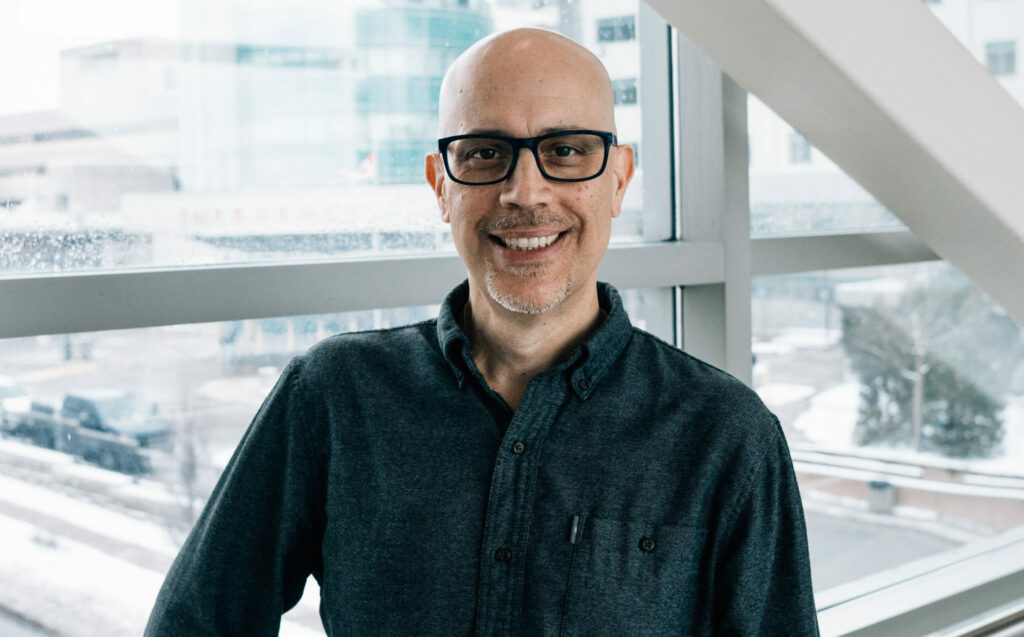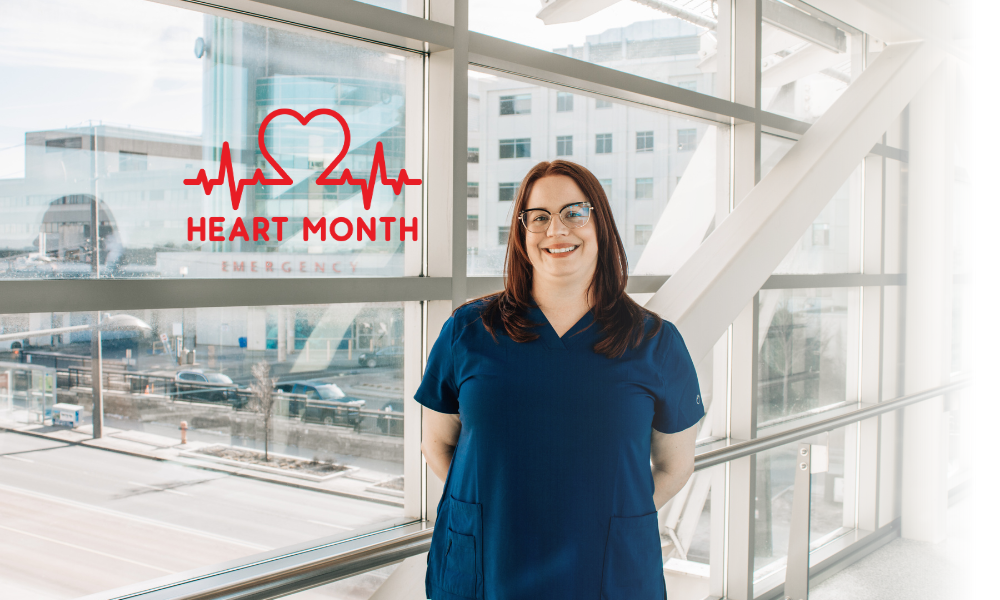Steve Coates family history is all heart. No doubt, knowing his family’s cardiac history and then being proactive about his cardiac health saved his life.
Steve’s family history is rife with heart disease. His father was only 50 when he suddenly died from what was likely an aortic aneurysm. And more recently, his older brother was diagnosed with an aortic aneurysm on his 50th birthday.
Knowing that his father left behind six kids when he died and that he didn’t want to do that to his own family, Steve took action. As a result, the Aurora resident has seen a local cardiologist once a year for more than a decade. They have been monitoring his aorta closely, mainly due to his family history.
And then this past fall, what Steve had been trying so hard to avoid, happened. His cardiologist advised Steve that it was time for surgery. He was then referred to Southlake cardiothoracic surgeon Dr. Charles Peniston.
Despite seeing a cardiologist annually, Steve did not expect to hear that he required surgery because he felt healthy. “I was shocked, to be quite honest,” says Steve. “I felt fine. I’d never had a heart attack. I’m very active.”
Being proactive meant his condition was caught early, and it was better to take care of it sooner than wait until it was too late.
An aortic aneurysm describes an enlarged aorta. If it becomes too large, it can lead to catastrophic complications. Steve’s aorta had grown by 2.5 millimetres in one year. But, Dr. Peniston was clear; given his family history and the fact that it wasn’t going to get any smaller, it was time to go in and repair it while he was still young.
Dr. Peniston performed the Bentall procedure to replace part of the aorta next to the heart. “Open-heart surgery is intense. I wouldn’t wish it on anyone. But if you have to have it done, I would recommend you go to Southlake,” says Steve. Fortunately, Dr. Peniston saved his original valve giving it a longer lifespan before being repaired again.
Steve emphasizes the care he received before, during and after his procedure was exceptional. “As an engineer, I’m trained to always be on the lookout for failures. And at Southlake, there were none. The people were always on time, always organized, and the most pleasant, professional people,” says Steve. Most importantly, Steve felt like Southlake listened to his concerns and showed compassion in his care throughout the whole process.
He credits every single person involved in his care with saving his life.
Thanks to the care he received at Southlake, Steve avoided a life-threatening cardiac event and following in his father’s tragic footsteps. His proactive approach to care hasn’t stopped with himself. His kids are only in their 30s, but they’ve all taken the time to get their hearts checked out. Early monitoring and intervention are key to maintaining a healthy heart.
Like Steve’s heart, a hospital can also show some wear and tear. “I’d never thought about Southlake as an aging hospital, but it needs some attention,” reflects Steve.
Southlake is always looking for innovative ways to meet the needs of a changing healthcare system and our growing communities. Not so different from an early diagnosis, Steve picked up on the need to update and expand our hospital to continue to deliver leading edge care in our communities.
Southlake’s Master Plan to build a new hospital is underway and plays a vital role in our ability to continue delivering leading edge care close to home for patients like Steve.
Both Steve and Southlake see the importance of planning for our future, whether it means tending to your own heart or the heart of the communities Southlake serves.
Visit anewsouthlake.ca to learn about why a new Southlake is needed, review the plan itself, and get involved.



